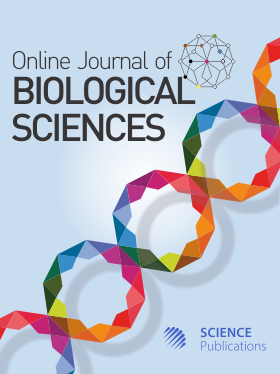Prediction of Physicochemical Parameters in a Rainwater Harvesting and Treatment System Modeled Using the Yahtun Algorithm in Native Communities of Northern Peru
- 1 Instituto de Investigación en Tecnología de Información y Comunicación (IITIC), Facultad de Ingeniería de Sistemas y Mecánica Eléctrica, Universidad Nacional Toribio Rodríguez de Mendoza de Amazonas, Jr. Libertad, Bagua, Amazonas, Peru
- 2 Escuela Profesional de Ingeniería Civil, Facultad de Ingeniería Civil y Ambiental, Universidad Nacional Toribio Rodríguez de Mendoza de Amazonas, Triunfo, Chachapoyas, Amazonas, Peru
- 3 Facultad de Mecánica Eléctrica, Electrónica y Sistemas, Universidad Nacional del Altiplano, Puno, Peru
- 4 Universidad de Alicante, 03690, Alicante, Spain
- 5 Escuela de Ingeniería de Sistemas e Informática, Facultad de Ingeniería, Universidad Nacional de Moquegua, Moquegua 18611, Peru
Abstract
The inhabitants of the native communities of northern Peru do not have drinking water systems, generating serious health impacts. In this sense, rainwater harvesting systems have become an alternative for these areas. Therefore, the objective of this study was to predict the physicochemical parameters in a rainwater collection and treatment system, modeled by means of a novel “Yahtun” algorithm. The physicochemical quality data for the modeling were obtained from the PROLLUVIA project, executed during 2019 and 2020. With respect to the goodness of fit of the proposed model, the Mean Absolute Error (MAE), Mean Squared Error (MSE) and Mean Absolute Percentage Error (MAPE) metrics were used. For the increase of the data obtained, as well as for the generation of a regression model, data imputation techniques and an ensemble model were used for data prediction. The high-level programming language Python was used for the analysis and modeling. The results indicate that the Yahtun model is efficient for the prediction of water quality in the context of native communities, according to the MAE metrics was 84.16%, MSE was 86.21% and ASM was 83.63%. In this sense, it is important to apply data imputation techniques in order to estimate future predictions in the context of native communities.
DOI: https://doi.org/10.3844/ojbsci.2025.288.294

- 361 Views
- 114 Downloads
- 0 Citations
Download
Keywords
- Data Imputation
- Synthetic Data
- Water Quality
- Ensemble Method
